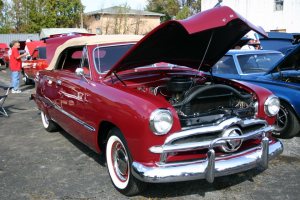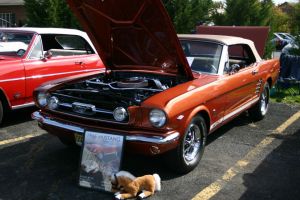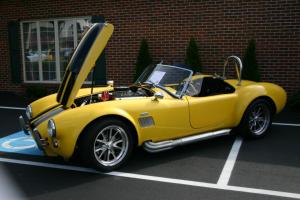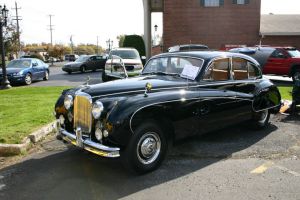Horsepower, like many things, continues to grow with the times. Many want bigger, faster, cheaper. Technology and economies of scale are happy to oblige. In some ways, however, it’s remarkable that we’ve come this far, given the effects of the gas crises. The resulting fuel economy efforts devastated the market for power and performance. In the 80s, a typical Ford Mustang had between 88 and 140 horsepower – today’s equivalent of a compact or subcompact economy car. Despite the crises, and the need to clean up our act, the horsepower wars are raging now as much as ever before. Let’s take a look at what five decades will do.
In the 60s, the most powerful production car (by rated net HP) was the Chevy Camaro ZL-1, producing 376 bhp. Today, the list of cars with more power is nearly endless, but let’s focus on the ones that most people can afford. The Camaro ZL-1 was expensive in 1969, but not outlandish – about $43,000 in today’s money. Today’s cars under $43,000 with more than 376 bhp are as follows:
- Chevy Camaro SS – 426 bhp
- Ford Mustang GT – 412 bhp
- Dodge Challenger SRT8 – 470 bhp
It’s nice to see that Detroit has returned to its old hallmark of affordable power for the people. There’s a vast array of European and Japanese cars over 376 bhp, but most of them cost two or three times what these cars cost. The ZL-1 was a rocket ship in its day, and just 5 years ago, none of these cars were around. This decade, however, has marked the return of American Muscle. What’s to come in the following ten years?



